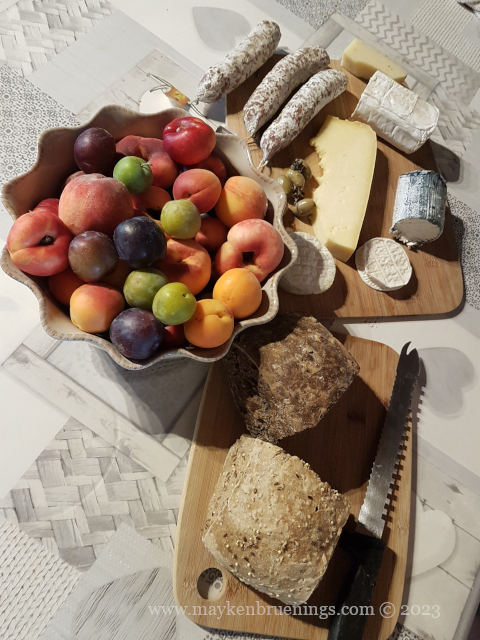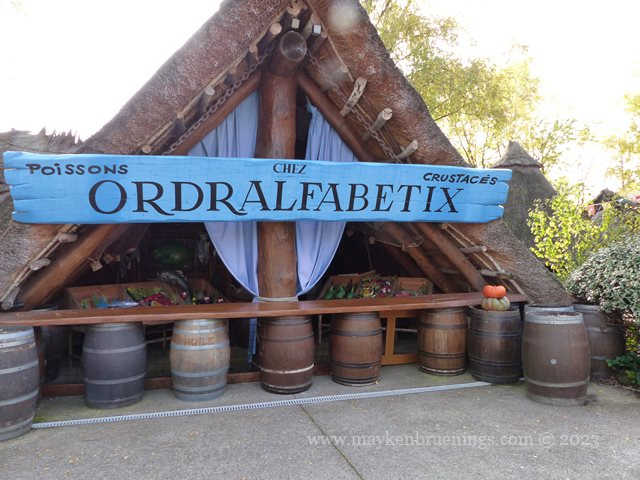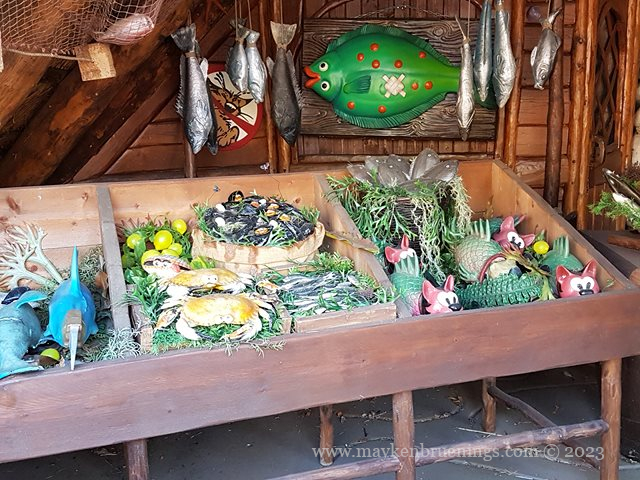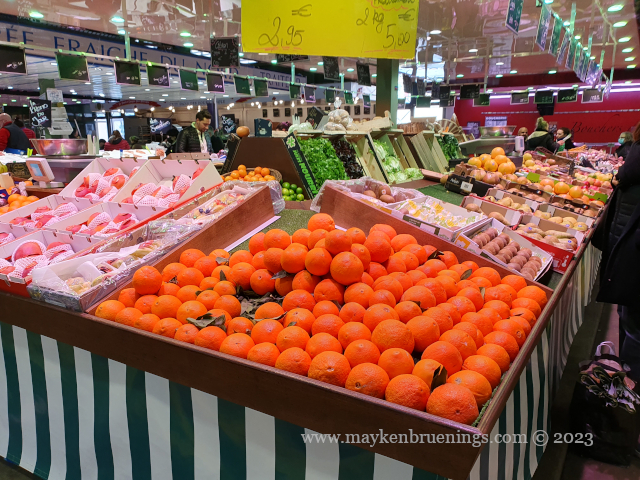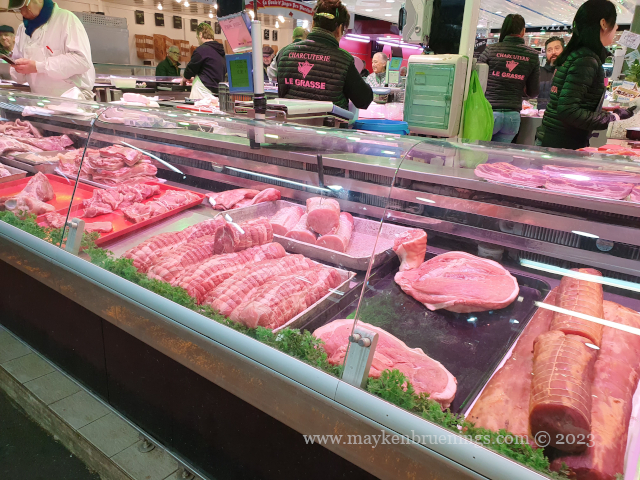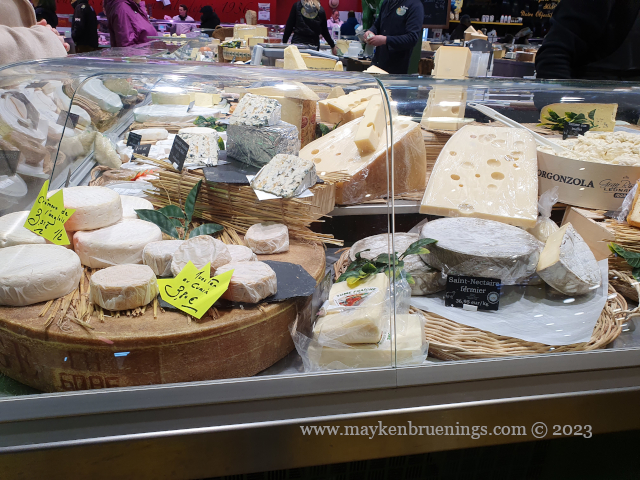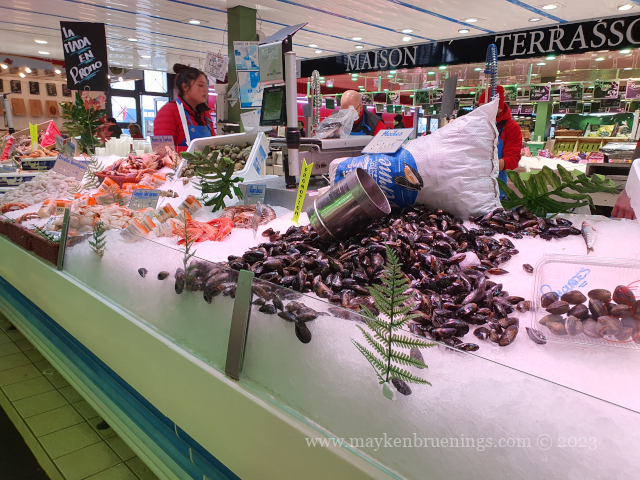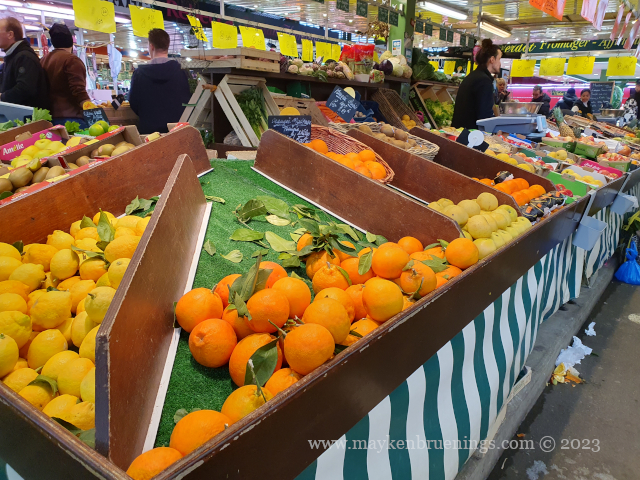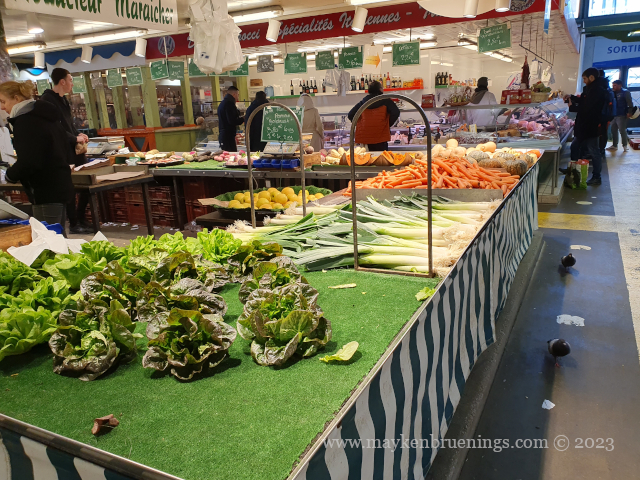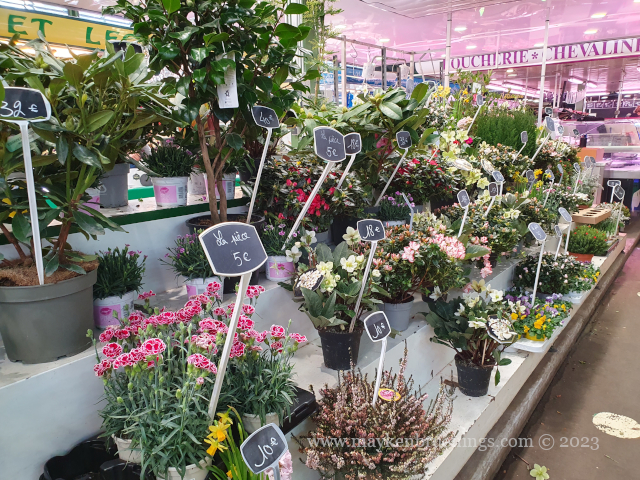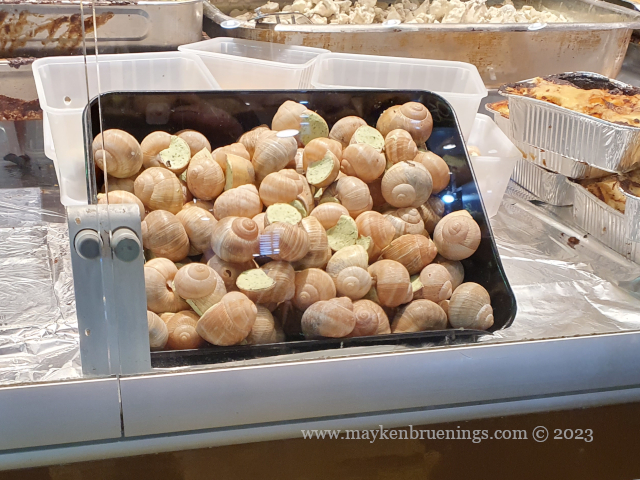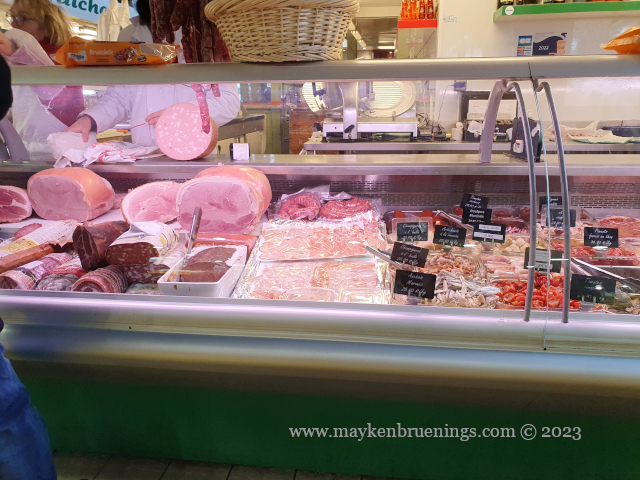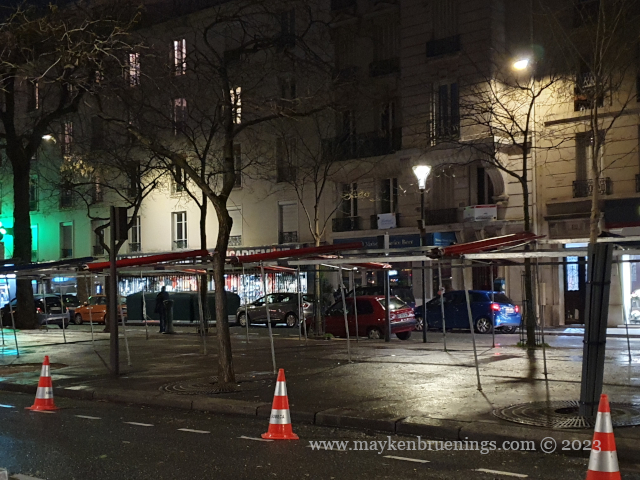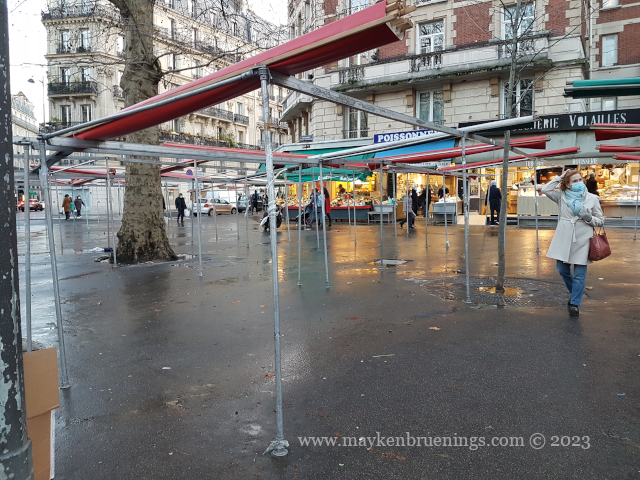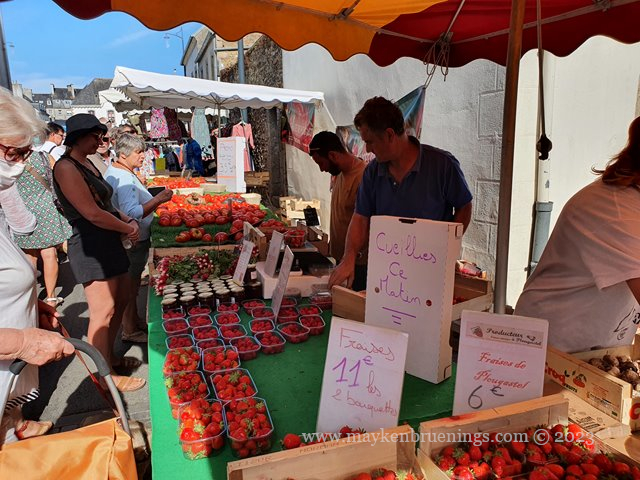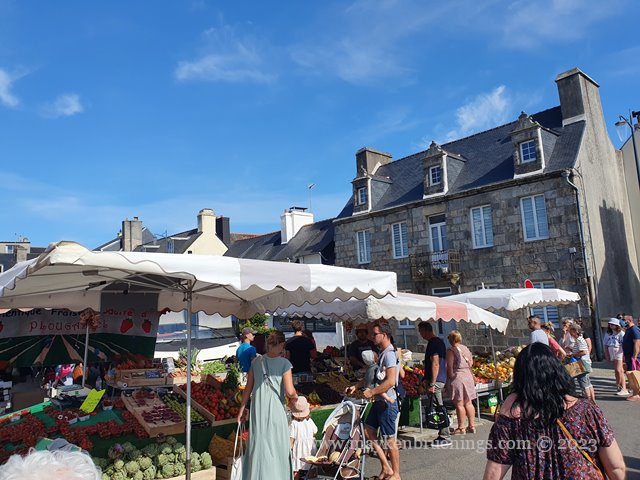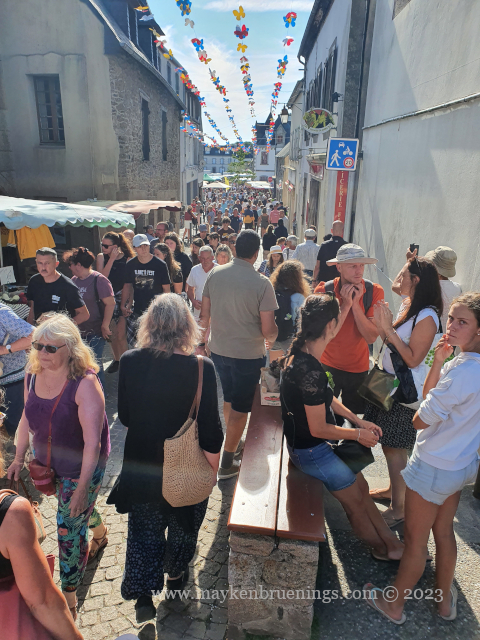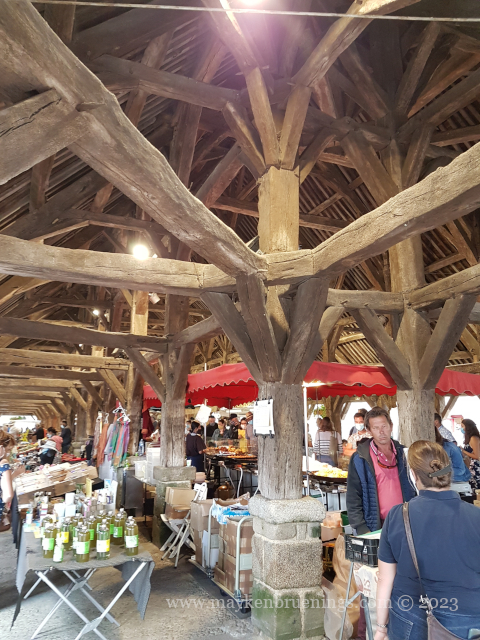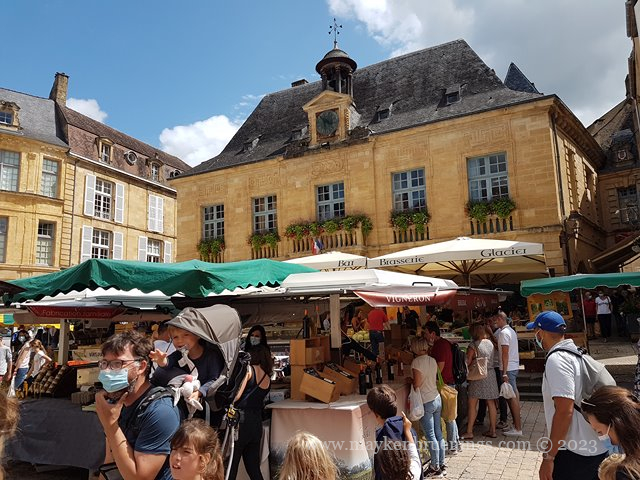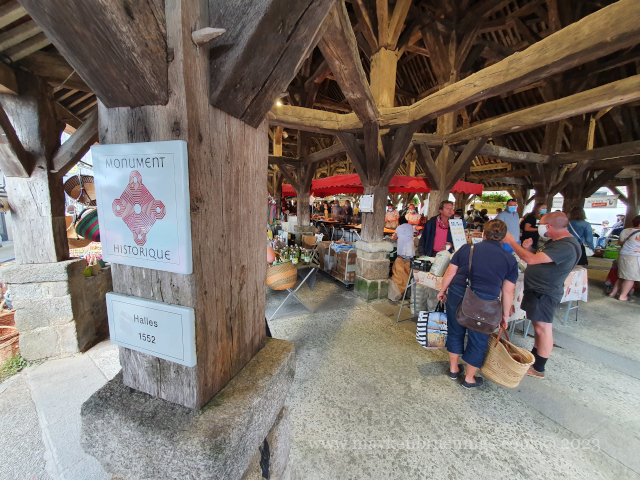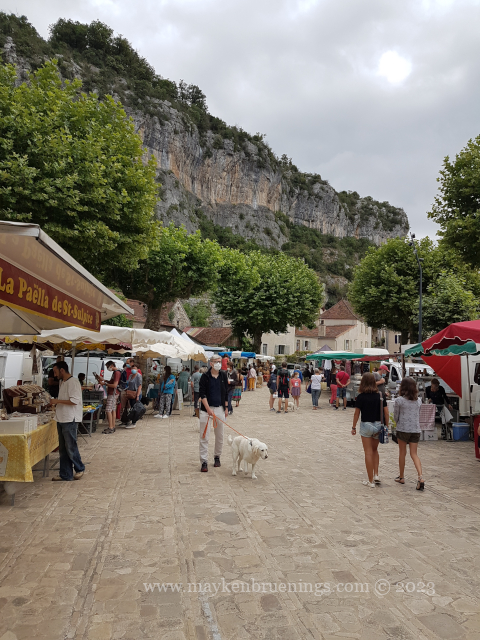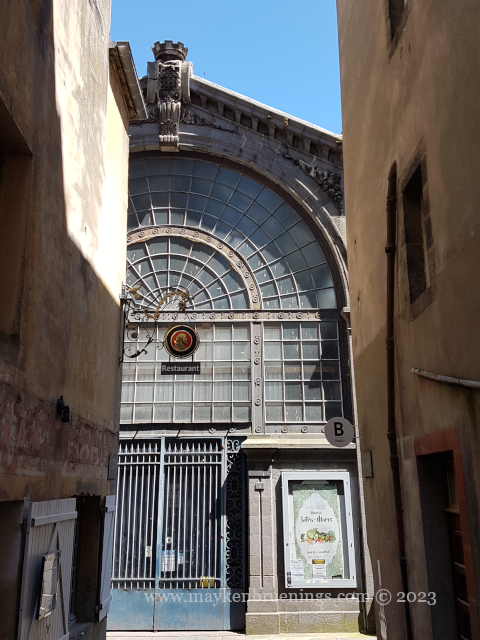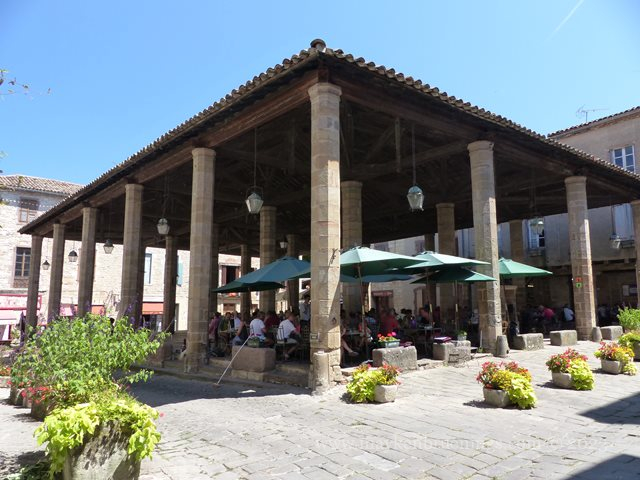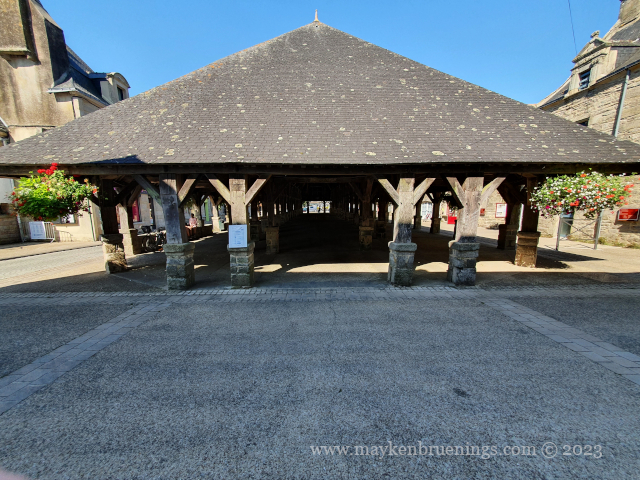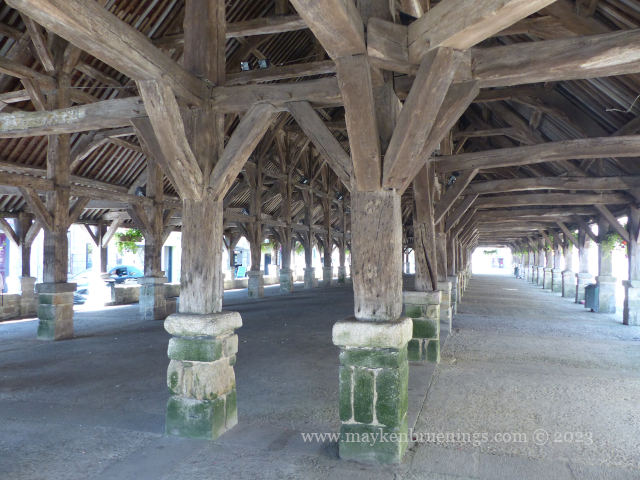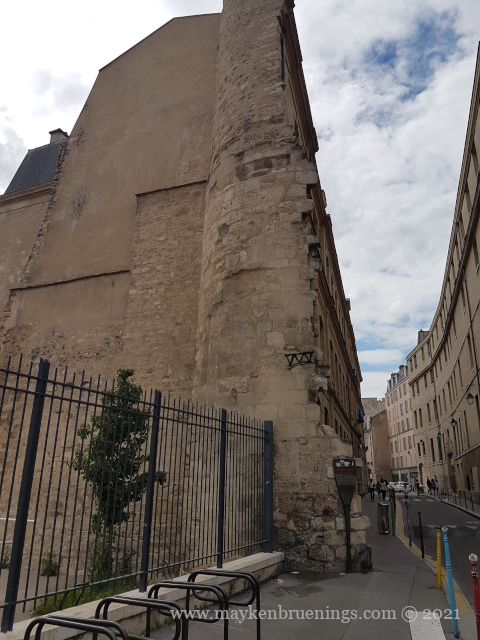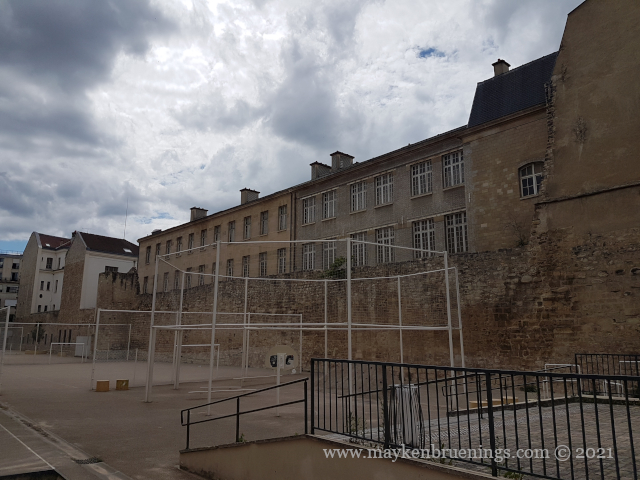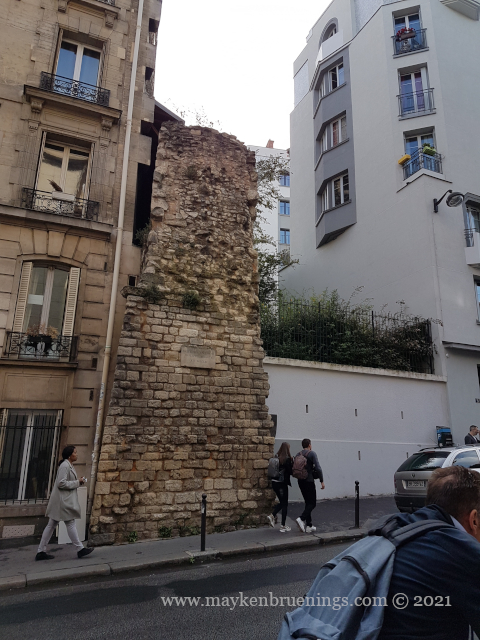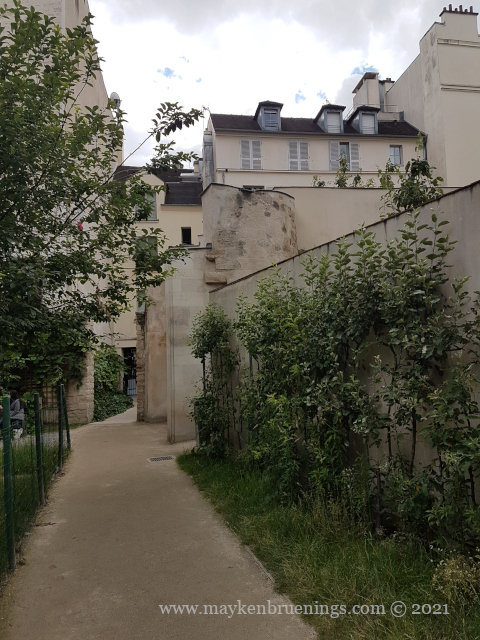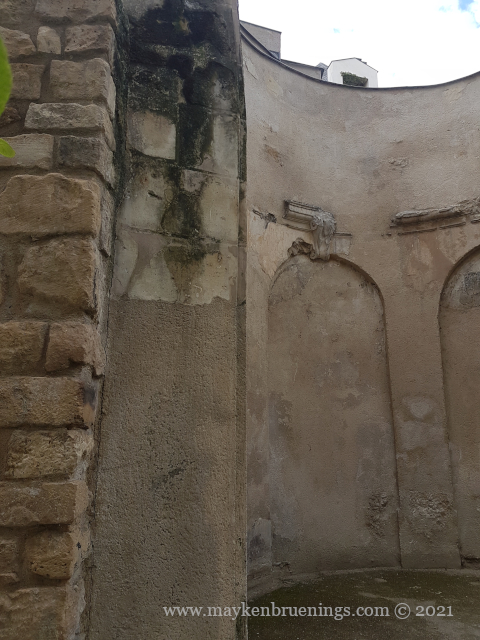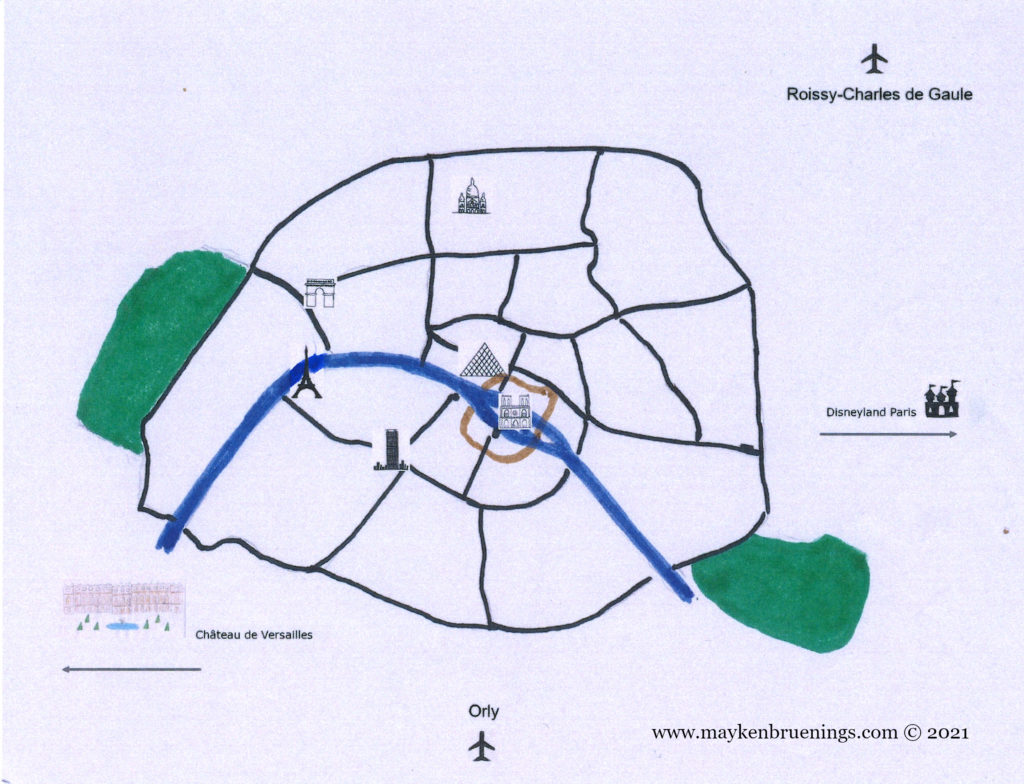Have you ever been to a French market? I don’t remember my first experience which dates back to a school exchange in 9th grade, but I do remember first venturing by myself to what I think is the biggest market in Lille, the city in northern France where I began my studies. It was a little disorienting at first, all those marketers advertising their wares in loud voices, sometimes trying to shout one over the other. This is a staple of every French market I’ve visited so far.
And the sheer quantity of food on offer! There are fruit I’ve never seen before but fortunately a little sign will give me the name. There are many kinds of fish (all much fresher than those on offer in a certain Gaulish village), including shellfish, and don’t get me started on the cheeses!
A huge advantage of a market over a supermarket is that when you want to buy fresh fruit such as, say a melon de Charente, the market seller will ask you when you plan to eat it (Tonight? During the next few days?) and find you one with the matching degree of maturity. Another highlight of markets for me are the local farmers selling their yogurts and other fresh milk products that you would have a hard time finding on supermarket shelves. Finally, and that’s my husband’s go-to place, the chicken-roaster. Go to the Sunday market, buy your groceries, and get home with a chicken fresh from the spit (or half a chicken, or chicken legs) for Sunday lunch.
But let’s go back and look at Paris markets. According to the City of Paris website, the first market was located on the Île de la Cité in the heart of Lutetia in the 5th century.
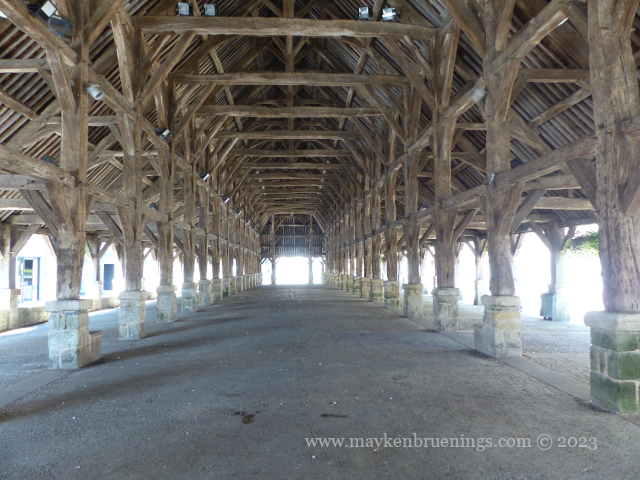
Fast forward to 1860, when there were already 51 markets. One of them is the oldest existing covered market, dating back to 1615 under King Louis XIII, the Marché des Enfants Rouges. It is located in the 3rd arrondissement and open every day except Mondays from 8h30 till 20h30, (closing later on Thursdays but earlier on Sundays).
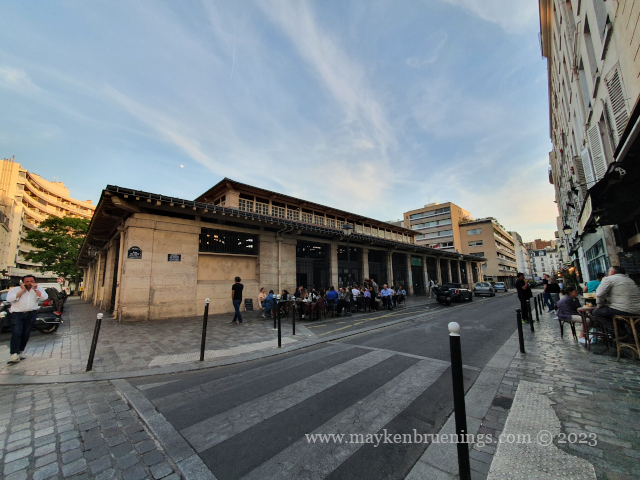
As of today, Paris has a total of 95 markets, with around 9,000 marketers. This number includes food markets, flea markets, and specialized markets. The City of Paris website gives these details: 72 open-air food markets (including 3 organic markets), 10 covered markets, plus the specialized markets such as flower market, bird market, clothes market, flea markets and 2 creative markets where artist show their original art.
Generally, the food markets are open from 7am to 2.30pm on weekdays and from 7am to 3pm on weekends. Due to customer demand, five markets were created that are open in the afternoon once or twice a week.
For outdoor markets, the market team of the City of Paris sets up the “skeleton” of the market stalls. Indoor markets have it easier, everything is already in place.
If you travel across France, you will find old market halls that are basically wooden roofs open on the sides, or open-air markets in small villages or mid-sized towns. Every town in France has a market, just check their website or ask at the tourist office about market day. And don’t be afraid if you don’t speak French, you can always point at the items and hold up a few fingers.
Enjoy!
